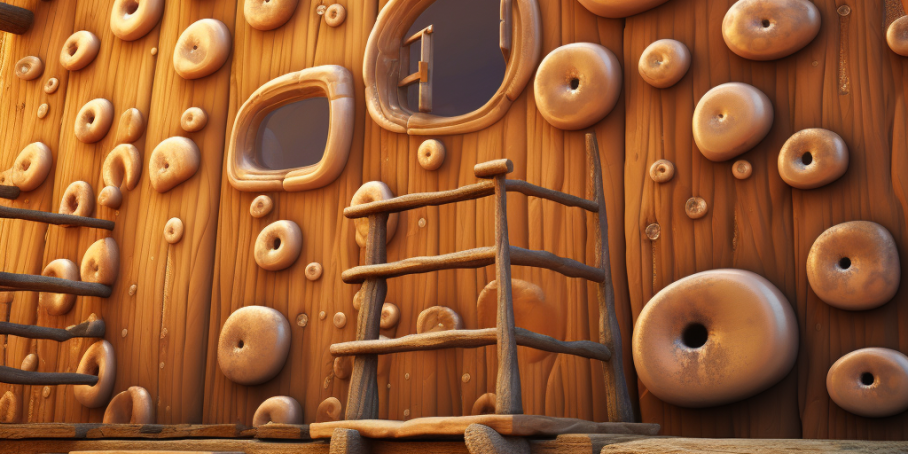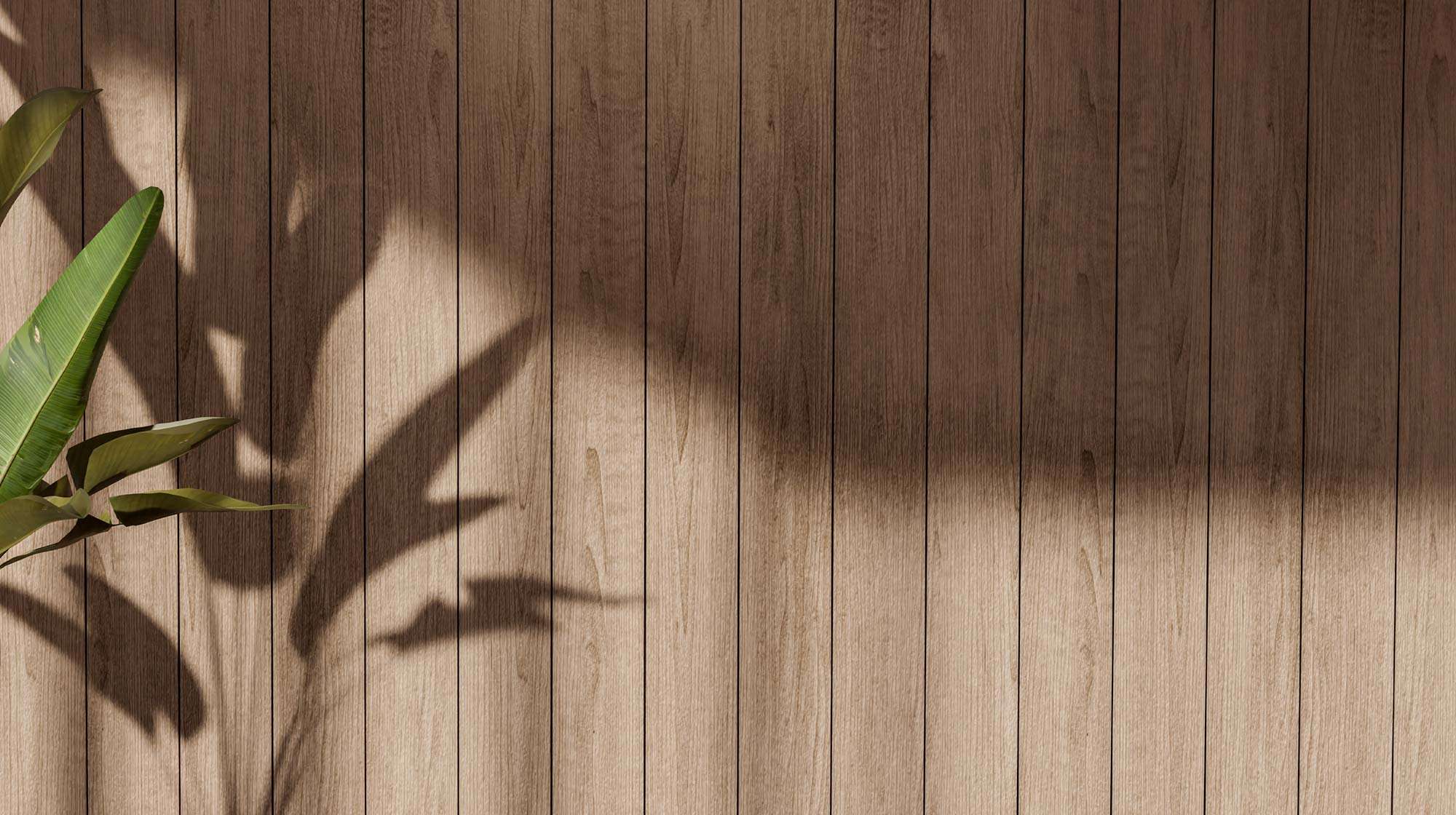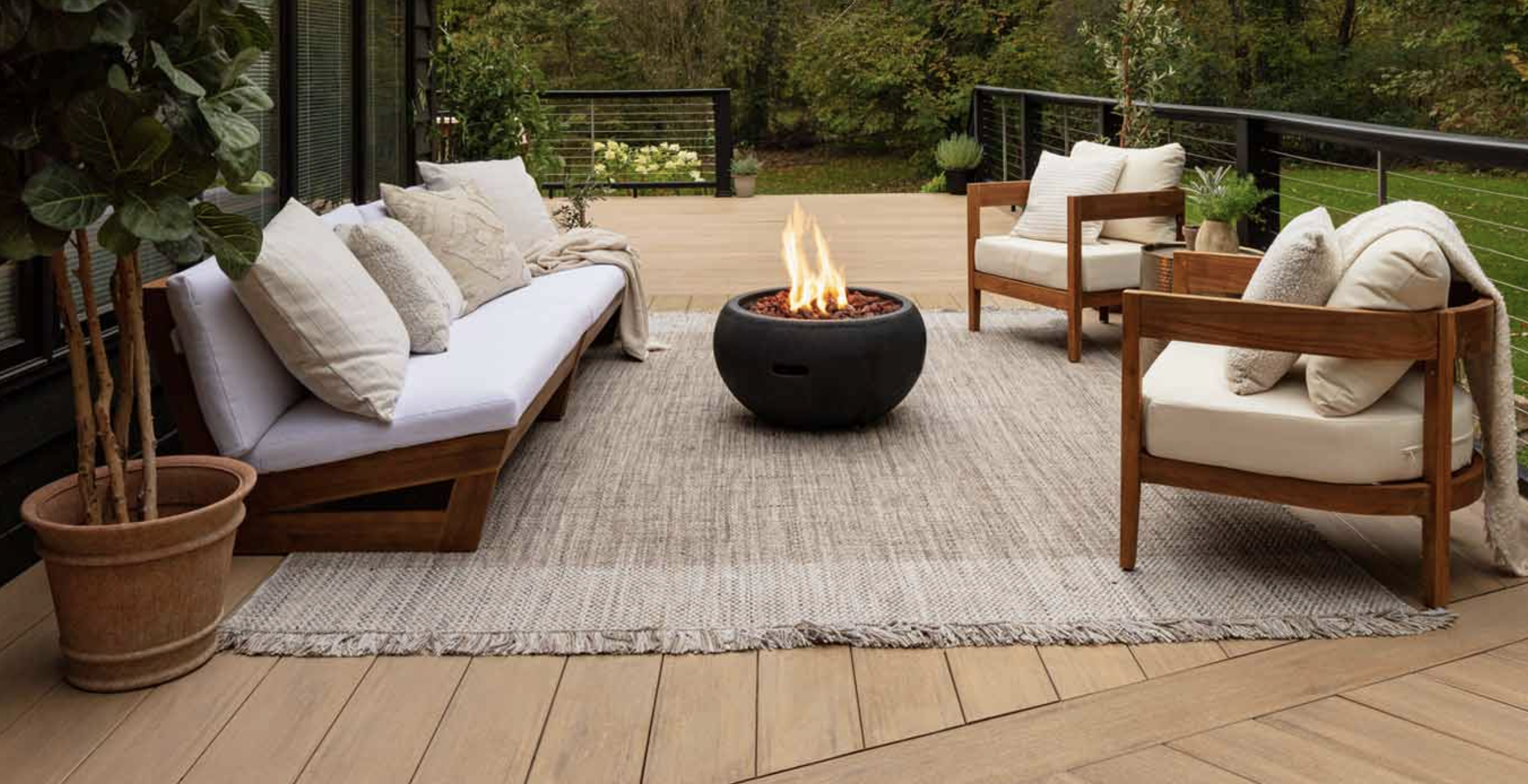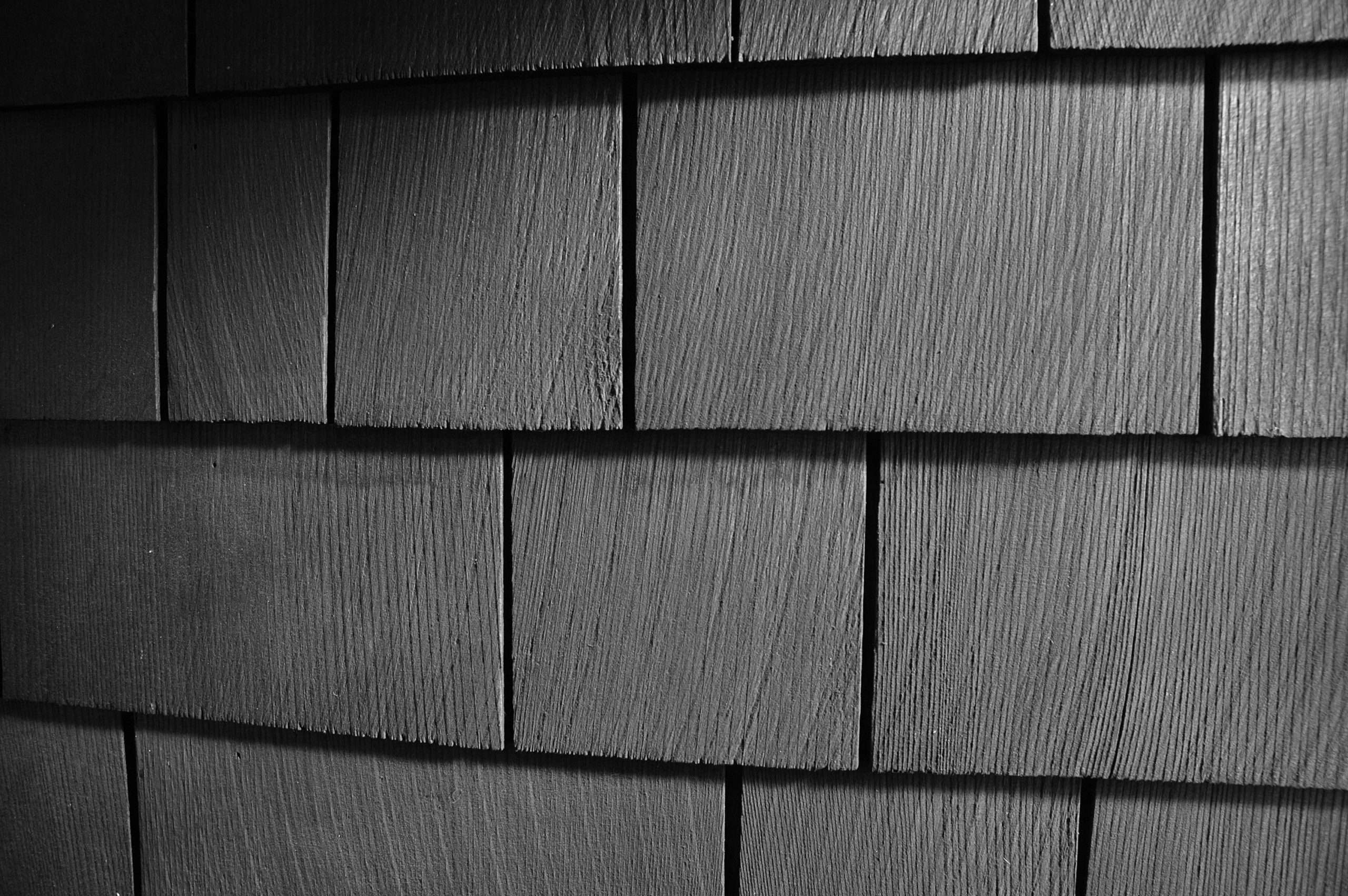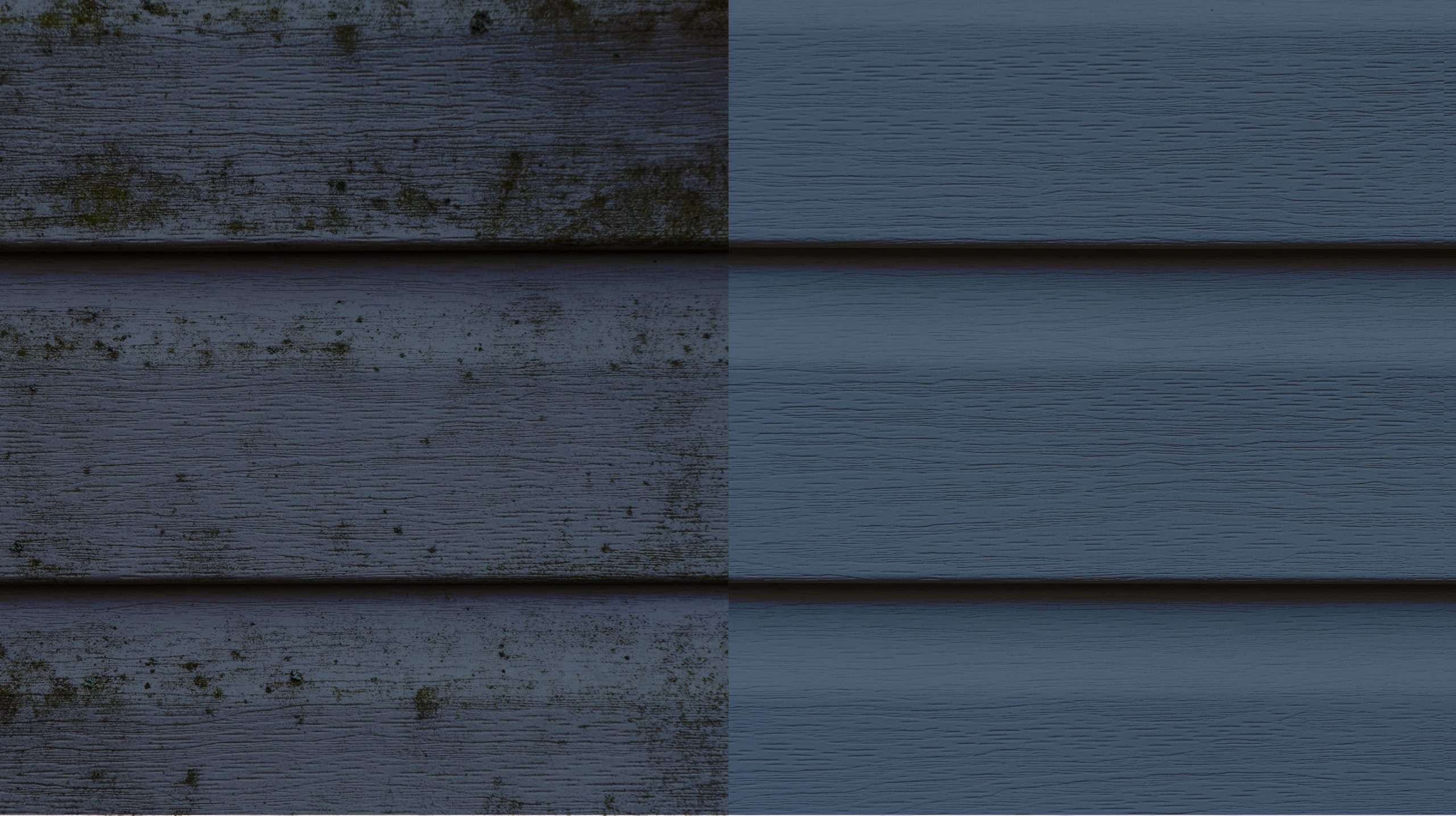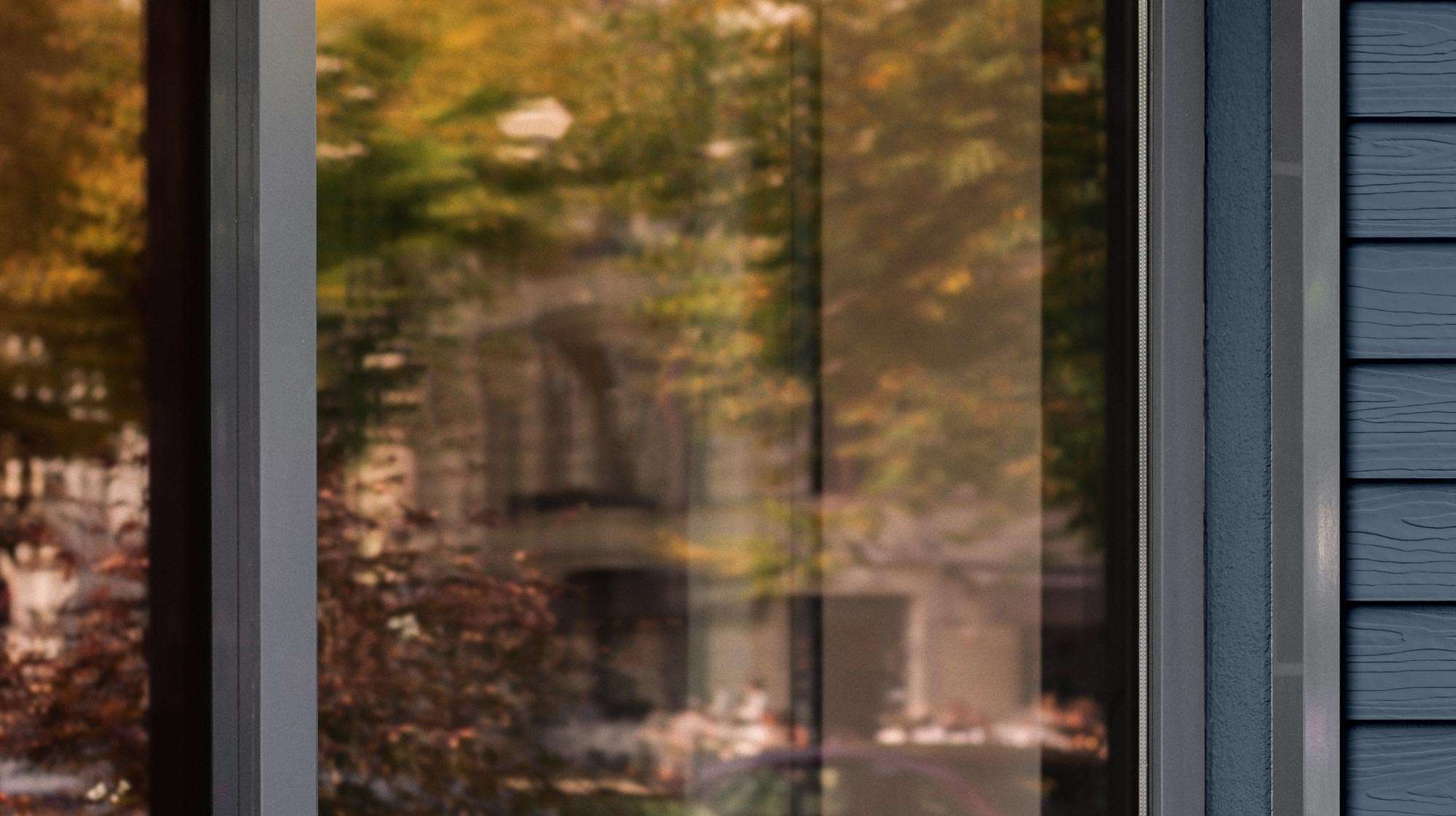Introduction
If you're a resident of San Luis Obispo who has opted for cedar for your home's decking, fencing, or siding, congratulations! Cedar is a fantastic choice due to its natural beauty and durability. However, like any other wood, cedar isn't entirely immune to issues like dry rot and fungal growth, characterized by spores. In this blog post, we'll guide you through the ins and outs of what could be growing on your cedar and how to handle it.
Table of Contents
- Introduction
- Cedar’s Appeal in San Luis Obispo
- Understanding Dry Rot: The Hidden Threat
- What Are Fungal Spores?
- Types of Fungal Growth on Cedar
- How to Identify Cedar Fungus
- Unique Challenges in San Luis Obispo’s Climate
- Effective Treatment and Maintenance Tips
- Conclusion
Cedar’s Appeal in San Luis Obispo
San Luis Obispo's diverse landscapes and mild, Mediterranean climate make it an ideal location for wood structures. Cedar, in particular, stands out for its natural resistance to rot and pests. But while cedar's resilience makes it a popular choice, it's not invincible. Local weather conditions and moisture levels can lead to problems like dry rot and spore growth.
Understanding Dry Rot: The Hidden Threat
Despite its name, dry rot occurs when wood becomes damp, creating an environment for fungi to flourish. Dry rot weakens the wood from the inside out, often going unnoticed until considerable damage has been done. And the first sign of this issue? Often, it's the appearance of spores.
What Are Fungal Spores?
Spores are the reproductive units of fungi. When conditions are right, fungi produce spores that are released into the environment. They land on surfaces, including your cedar structures, and if the conditions are favorable, new fungal growth begins. Spores manifest as fine dust or powdery substance on the surface of the cedar and are often accompanied by a musty smell.
Types of Fungal Growth on Cedar
Aside from dry rot, cedar in San Luis Obispo can also be susceptible to other types of fungal growth, including mold and mildew. These fungi don't cause structural damage but can mar the appearance of your cedar and potentially cause health issues if not addressed.
How to Identify Cedar Fungus
Here are some tips for identifying what might be growing on your cedar:
Visual Check
If you notice discolored patches, powdery substances, or unusual growths on your cedar, it's a strong indicator of fungal presence.
Smell Test
A strong musty or earthy smell is a classic sign of fungal growth. If your cedar structure smells odd, it's time to investigate.
Professional Assessment
If you're unsure what's growing on your cedar, the safest bet is to seek professional advice. Experts can accurately identify whether you're dealing with dry rot, spores, or other forms of fungi.
Unique Challenges in San Luis Obispo’s Climate
Due to its proximity to the sea, the salt air in San Luis Obispo can accelerate moisture retention in cedar structures, thereby promoting fungal growth. The local climate demands frequent inspections and proactive maintenance to ensure the longevity of your cedar installations.
Effective Treatment and Maintenance Tips
Identifying what's growing on your cedar is the first step. The next is effective treatment. Dry rot requires removing the damaged wood and treating the surrounding areas with fungicide. For mold and mildew, a simple cleaning solution might suffice. Always follow up with preventive measures like sealing or staining your cedar to make it more resistant to moisture and fungal growth.
Conclusion
Cedar is a stunning and resilient choice for many San Luis Obispo homes, but it's not entirely foolproof. Dry rot and other forms of fungal growth, including spores, can compromise its beauty and durability. The key to preserving your cedar is regular inspection, accurate identification, and appropriate treatment. Are you concerned about what's growing on your cedar? Don't let fungal growth or dry rot ruin your investment.
Contact us today for a comprehensive inspection and tailored treatment plans. We specialize in diagnosing and treating cedar-related issues in San Luis Obispo, ensuring that your wood remains as pristine as the day it was installed.
